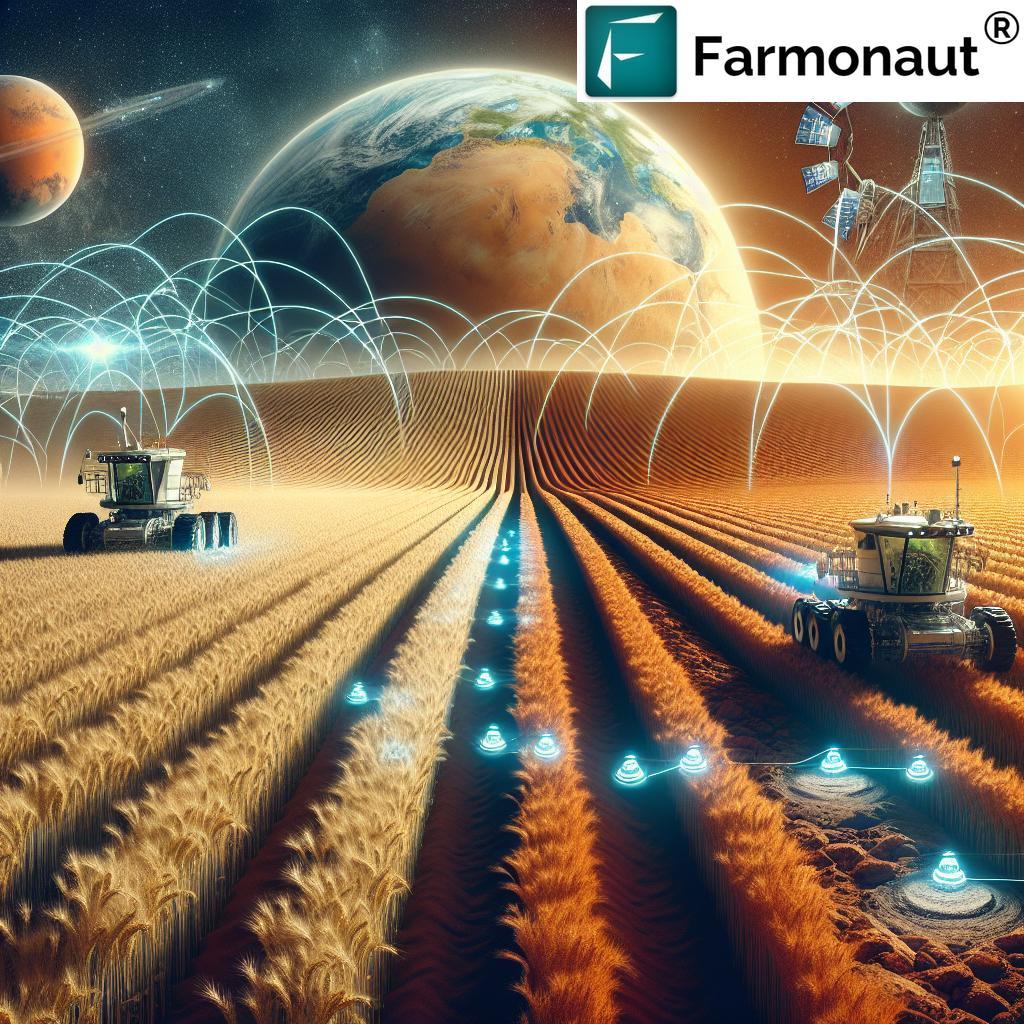Agricultural automation has fundamentally transformed modern farming practices over the past several decades, reshaping both the operational dynamics of farms adn the agricultural labor landscape. From GPS-guided tractors to automated milking systems and drone-powered crop monitoring, technological innovations continue to revolutionize how food is produced. These changes have triggered significant shifts in workforce requirements, productivity levels, and the economic structure of farming operations worldwide, marking a critical transition in the agricultural sector that merits careful examination. The evolution of farming practices through automated technologies is reshaping conventional agricultural landscapes worldwide. Modern farms increasingly rely on sophisticated machinery, artificial intelligence, and robotics to optimize production while reducing human labor requirements. These technological advancements encompass various aspects of farming operations, from precision seeding and automated irrigation systems to autonomous harvesting equipment and drone-based crop monitoring.
Automated systems now handle tasks that previously required extensive manual labor. GPS-guided tractors navigate fields with centimeter-level accuracy, while robotic milking systems operate around the clock, allowing dairy farms to maintain consistent production schedules. Sensor networks monitor soil conditions, crop health, and weather patterns, enabling farmers to make data-driven decisions about resource allocation and timing of farming activities.
The implementation of these technologies has significant implications for agricultural employment. While some traditional farming jobs have been displaced, new positions requiring technical expertise have emerged. Farm workers now need skills in operating and maintaining complex machinery, analyzing data, and managing integrated agricultural systems.This shift has created a demand for agricultural technologists, precision farming specialists, and data analysts within the farming sector.
Small-scale farmers face both opportunities and challenges in this technological transition.While automation can increase efficiency and productivity, the initial investment costs remain substantial. This economic barrier has led to a growing divide between large-scale operations that can afford advanced automation and smaller farms that continue to rely more heavily on manual labor.
The environmental impact of agricultural automation presents a mixed picture. Precision farming technologies enable more efficient use of water, fertilizers, and pesticides, reducing waste and environmental impact. However, the increased reliance on energy-dependent machinery raises questions about carbon footprints and sustainability.
Rural communities experience varying effects from agricultural automation. While some areas benefit from increased productivity and new technical job opportunities, others face challenges as traditional farming jobs decrease. This change affects local economies, educational requirements, and community structures in farming regions.
Global food production systems are being reshaped by these technological advances. Automated farming practices enable more consistent crop yields and better resource management, potentially improving food security. However, this evolution also raises concerns about food system resilience and the concentration of agricultural production in highly automated operations.The future trajectory of agricultural automation points toward even greater integration of artificial intelligence and robotics. Developments in machine learning and sensor technology continue to expand the capabilities of automated farming systems. This ongoing evolution suggests that the relationship between technology and agriculture will become increasingly intertwined, fundamentally altering how food is produced and who produces it.
Worker training and adaptation programs have become crucial components of modern agricultural operations. As farms transition to automated systems, the focus shifts to developing workforce skills that complement rather than compete with technology. This educational challenge requires collaboration between agricultural institutions, technology providers, and farming communities.



